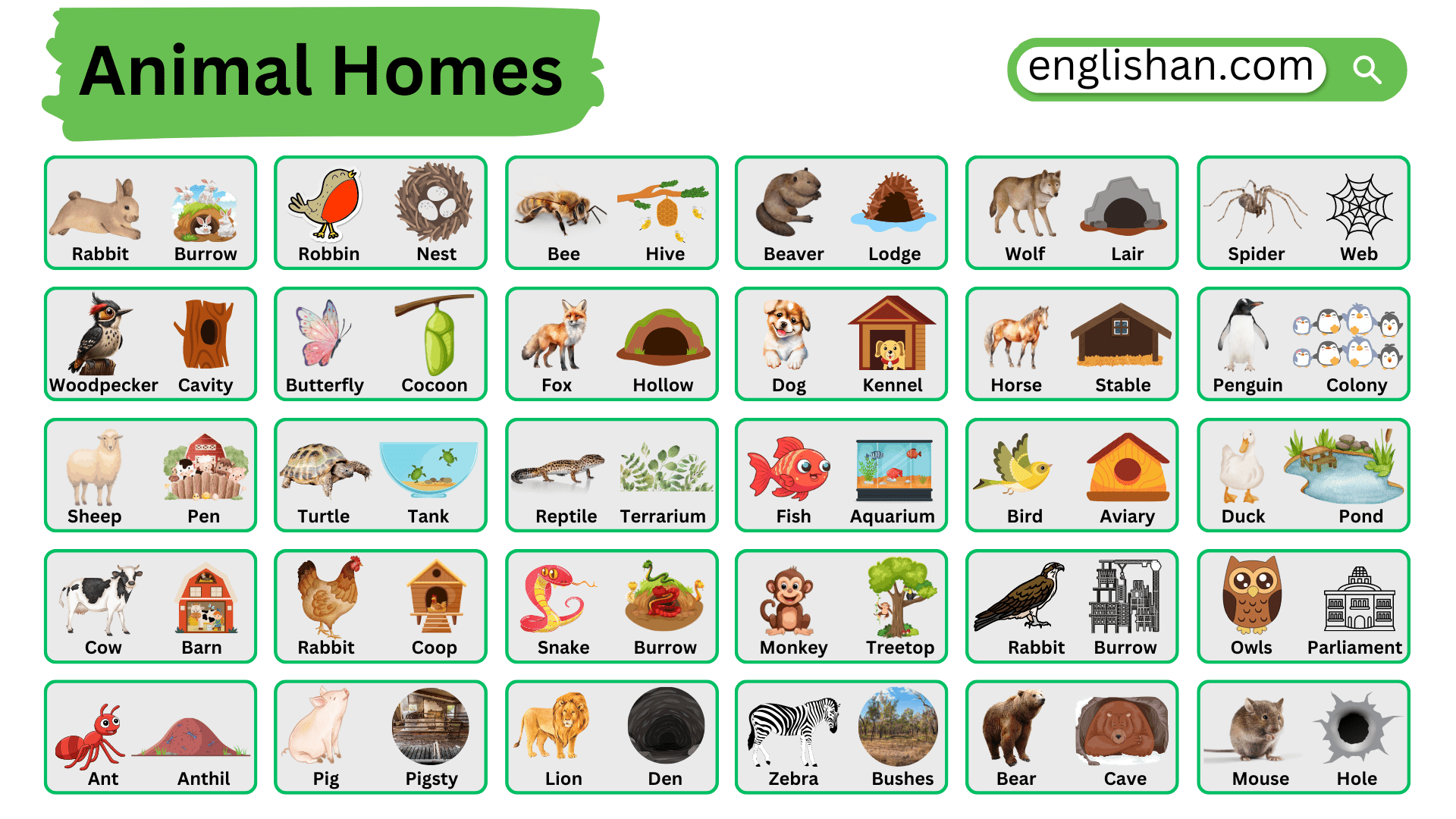Contents
In this blog post, you will learn the names of different types of trees in English. Trees are an important part of nature, and understanding their names can help you describe the world around you. Knowing about various tree types and their features can expand your vocabulary and improve your ability to communicate in everyday situations. By the end, you’ll have a clear understanding of the names of common trees and important facts about them.
Want to learn more vocabulary on different topics? Check out our Vocabulary Category for more!
Understanding the Basics of Trees
Before diving into specific types, let’s briefly understand what makes a tree a tree. Trees are perennial plants with an elongated stem, or trunk, supporting branches and leaves. They differ from shrubs in that they usually grow much taller and have a single, well-defined trunk. Trees are classified into different categories based on their characteristics, such as leaf type, seed type, and growth habits.
Types of Trees Based on Leaf Type
Trees can be categorized by their leaves, falling into two primary categories: Deciduous and Evergreen.

Deciduous Trees
Deciduous trees are known for shedding their leaves seasonally, particularly in autumn, and regrowing them in the spring. This helps them conserve water during colder months.

Oak
A large tree known for its strong wood and production of acorns. Oaks are commonly found in forests and are celebrated for their longevity and durability.

Maple
Recognizable by its lobed leaves, the maple tree is famous for producing sweet sap, which is turned into maple syrup. These trees display vibrant colors in the fall.

Birch
With distinctive white bark, the birch tree is often found in cooler climates. It has a slender form with small, triangular leaves.
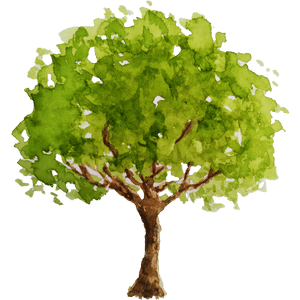
Elm
Elm trees have serrated leaves and were once widely planted in urban areas due to their appealing shape and resilience. However, Dutch elm disease has significantly reduced their numbers.

Poplar
Known for its rapid growth and straight trunk, poplars are often used in timber production. Their leaves are broad and flutter in the wind.
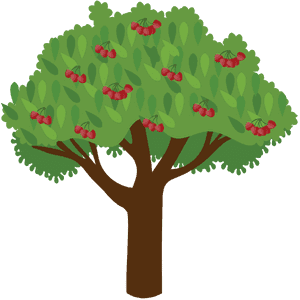
Chestnut
This tree produces edible nuts and is known for its sturdy timber. Chestnuts were historically a significant food source in many regions.
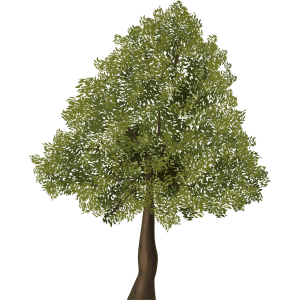
Beech
A large tree with smooth, gray bark. It produces small nuts known as beech mast, which are a crucial food source for wildlife.

Willow
Often found near water, willow trees have long, flexible branches, or “withies,” used for weaving. They are recognized by their drooping branches.
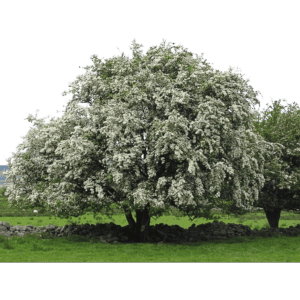
Hawthorn
Common in hedgerows, hawthorn trees produce small red berries, called “haws,” that are important for birds. They often have thorny branches.
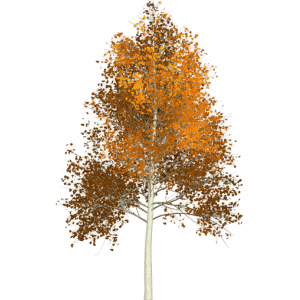
Aspen
Notable for its leaves that tremble in the wind due to their flattened petioles. Aspens grow in cool regions and have smooth, pale bark.

Evergreen Trees
Evergreen trees maintain their leaves throughout the year. They are adapted to various climates and are often associated with a consistent green presence in landscapes.

Pine
Pine trees are evergreen, with needle-like leaves and cones. They thrive in colder climates and are widely used as Christmas trees.
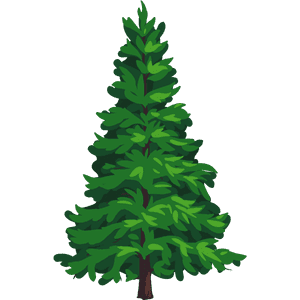
Cedar
Cedar trees have aromatic wood often used in construction and furniture. Their leaves are scale-like and remain green year-round.

Spruce
Spruce trees have sharp needles and a pyramid shape, commonly found in northern regions. They are used for timber and as ornamental trees.
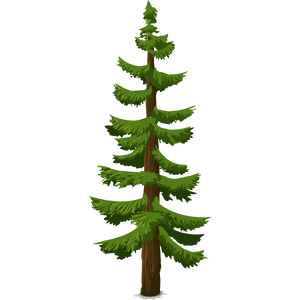
Fir
Fir trees are known for their flat, needle-like leaves and upright cones. They are commonly used in the timber industry.
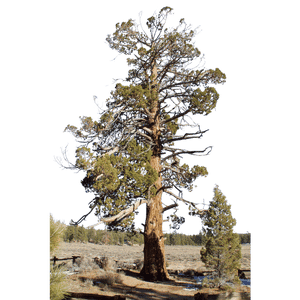
Juniper
Junipers have needle-like or scale-like leaves and produce small, berry-like cones. They are often used in landscaping for their hardiness.
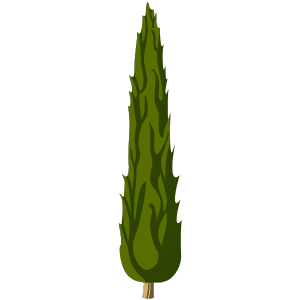
Cypress
Often found in wetland areas, cypress trees have tapered trunks and feathery leaves. They are valued for their water-resistant wood.
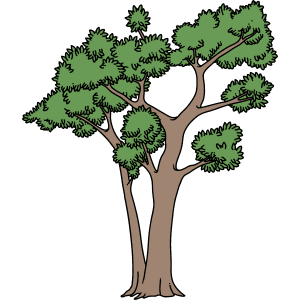
Eucalyptus
Native to Australia, eucalyptus trees are fast-growing with long, narrow leaves. They produce aromatic oils and are evergreen.
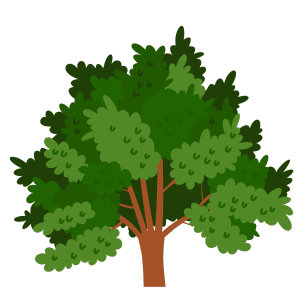
Yew
Yew trees have dense, dark green foliage and produce red, berry-like fruits. They are often used in hedges and as ornamental trees.

Types of Trees Based on Seed Type
Trees are also categorized by the type of seeds they produce. The two main categories here are Coniferous and Broadleaf.
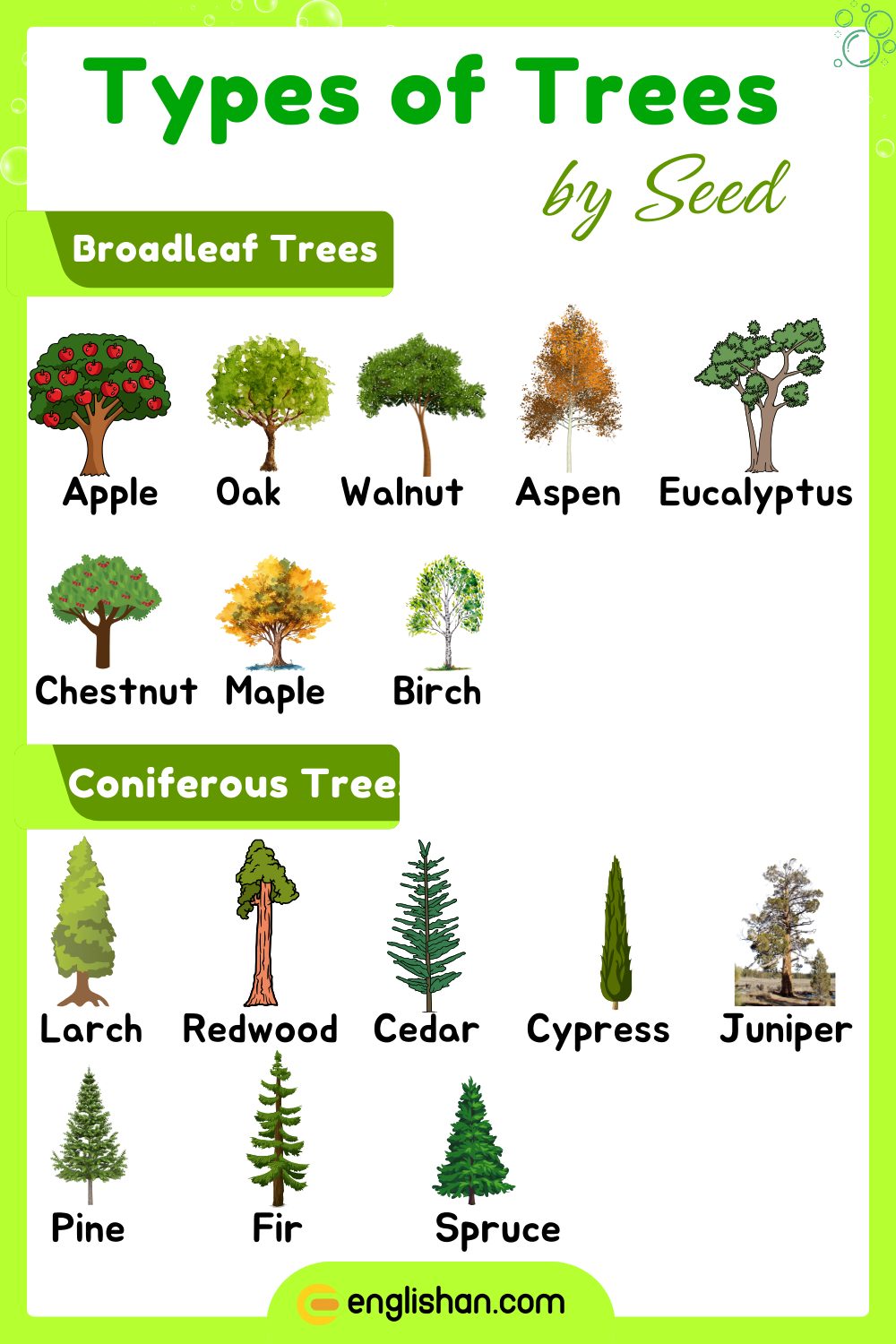
Coniferous Trees
Coniferous trees produce cones instead of flowers and are mostly evergreen. They are found in various climates, from cold northern forests to more temperate regions.

Pine
Pines produce cones and have needle-like leaves. They are adaptable to various climates and are used for timber, paper production, and landscaping.

Fir
Fir trees are known for their upright cones and are often used as Christmas trees. Their wood is valuable in the construction industry.
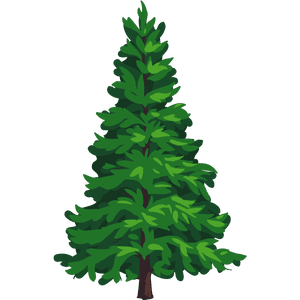
Spruce
Spruces have sharp, needle-like leaves and are commonly used in construction and paper production. They also make popular ornamental trees.
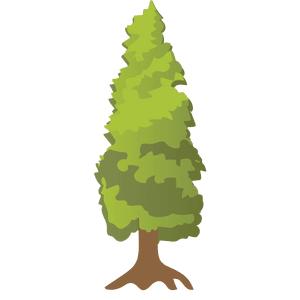
Larch
Larches are unique because, unlike most conifers, they are deciduous and lose their needles in the fall. They are valued for their strong timber.
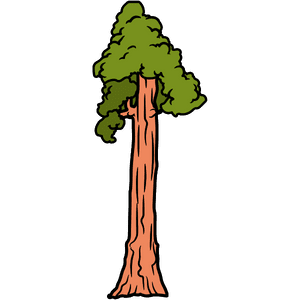
Redwood
Known for their immense size, redwoods are among the tallest trees in the world. They are prized for their beauty and the quality of their wood.

Cedar
Cedar trees produce cones and are known for their aromatic wood. They are commonly used in building materials and furniture.

Cypress
Often found in wet, swampy areas, cypress trees produce small cones and are recognized for their water-resistant wood.

Juniper
Junipers produce berry-like cones and are often used in landscaping due to their drought tolerance and hardy nature.

Broadleaf Trees
Broadleaf trees have wide, flat leaves and produce seeds in various forms, such as fruits, nuts, or pods. These trees can be either deciduous or evergreen.
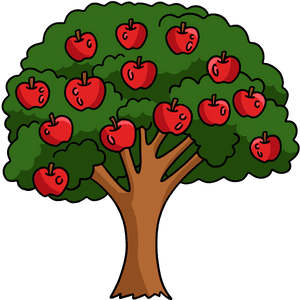
Apple
Apple trees are well-known for their sweet fruit. They have broad leaves and are cultivated worldwide for their edible apples.

Oak
Oaks produce acorns and have broad, lobed leaves. They are significant both ecologically and economically due to their strong wood.

Maple
Maple trees produce seeds known as samaras and have broad, lobed leaves. They are famous for their sap, which is used to make syrup.

Walnut
Walnut trees produce edible nuts encased in a hard shell. They have compound leaves and are valued for their nuts and timber.

Chestnut
Known for their edible nuts, chestnut trees have broad leaves and are used for timber as well. Their nuts were once a staple food.
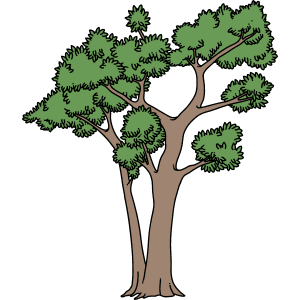
Eucalyptus
Eucalyptus trees, with their long, narrow leaves, produce seeds in woody capsules. They are fast-growing and used for timber and oil production.

Beech
Beech trees have smooth bark and produce nuts known as beech mast. They have broad leaves and are commonly found in temperate forests.
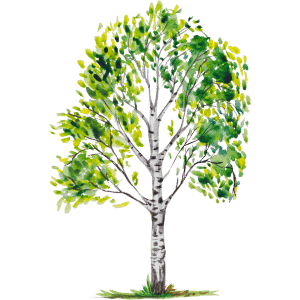
Birch
Birch trees produce small, winged seeds and have broad leaves. They are often found in cooler climates and have distinctive white bark.
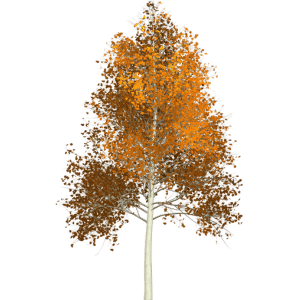
Aspen
Aspen trees produce seeds in fluffy catkins and have broad, round leaves. They are known for their quaking leaves and smooth bark.

Types of Trees Based on Growth Habit
Trees can also be categorized based on their growth habits. Some trees grow tall and straight, while others spread out or have unique forms.

Tall Trees
Tall trees grow vertically and have a strong, straight trunk, making them stand out in forests and landscapes.
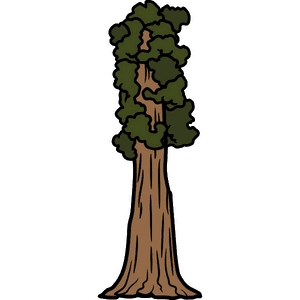
Sequoia
Sequoias are some of the tallest trees on Earth, reaching heights of up to 300 feet. They have thick bark and are found in specific regions of California.
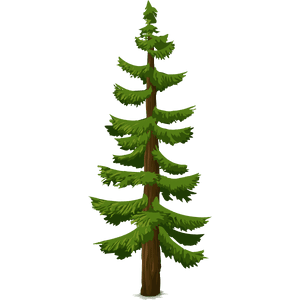
Douglas Fir
This tall, evergreen tree is widely used in the construction industry due to its strong wood. It has a straight trunk and needle-like leaves.

Palm
Palms are tall trees found in tropical climates, characterized by a long trunk topped with a crown of large, fan-like leaves.
Spreading Trees
These trees have wide canopies, providing ample shade and creating a broad, horizontal spread.
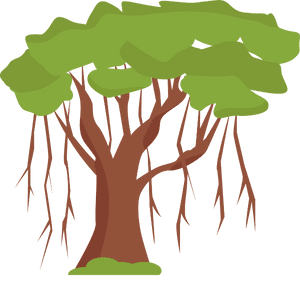
Banyan
Banyan trees are known for their large, spreading branches and aerial roots, which can cover a wide area and create a forest-like canopy.
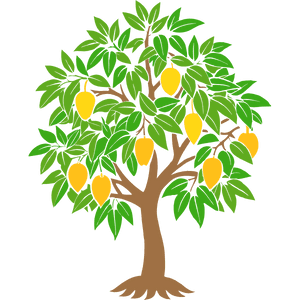
Mango
Mango trees are widely cultivated for their sweet fruit. They have a broad, dense crown and thrive in tropical and subtropical regions.

Willow
Willows have long, drooping branches and are often found near water bodies. They provide extensive shade and have flexible branches used for weaving.
Unique Growth Habit Trees
Some trees have growth habits that make them stand out, with forms that are distinct and often iconic.
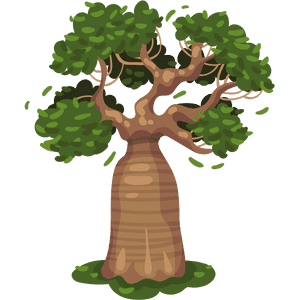
Baobab
Baobab trees are known for their thick trunks, which store water, making them well-suited for arid climates. They are sometimes called “upside-down trees” due to their unique appearance.

Joshua Tree
Native to the southwestern United States, Joshua trees have a spiky, irregular appearance and grow in desert regions, making them an iconic symbol of the American West.
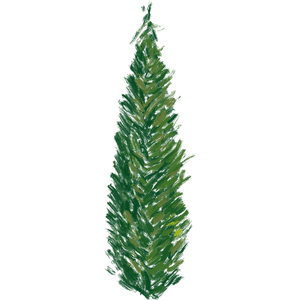
Cypress
Often found in wetland areas, cypress trees have a distinctive, tapered trunk and feathery leaves. They are well-adapted to growing in waterlogged soils.
Importance of Trees and Their Impact
Trees are vital to our environment. They provide oxygen, absorb carbon dioxide, prevent soil erosion, and offer habitat for countless species of wildlife. Understanding the different types of trees helps us appreciate their roles in our ecosystem and underscores the importance of conservation efforts.
In Summary
Knowing the various types of trees and their characteristics allows us to connect more deeply with nature. Whether it’s the towering sequoias, the delicate birches, or the fruit-bearing mangoes, each tree has a unique beauty and significance. By learning more about them, we can foster a deeper appreciation for the natural world and contribute to its preservation.
Faqs:
Here are 12 examples of trees:
1. Oak
2. Pine
3. Maple
4. Birch
5. Willow
6. Cedar
7. Redwood
8. Elm
9. Cherry
10. Apple
11. Mango
12. Palm
Here are some of the most common types of trees:
1. Oak
2. Pine
3. Maple
4. Birch
5. Cedar
6. Willow
7. Elm
8. Ash
9. Cherry
10. Apple
These trees are found in many regions and are well-known for their various uses, from providing shade to producing fruits and wood.
The two main types of trees are:
1. Deciduous Trees: These trees lose their leaves in the fall and grow new ones in the spring. Examples are oak and maple.
2. Evergreen Trees: These trees keep their leaves all year long. Examples are pine and cedar.
Trees can be grouped into two main types:
1. Deciduous Trees: These trees lose their leaves in the fall. Examples: oak, maple.
2. Evergreen Trees: These trees keep their leaves all year. Examples: pine, cedar.
Trees can also be grouped by how they grow seeds:
1. Flowering Trees: These trees have flowers and produce seeds in fruits. Example: apple tree.
2. Non-flowering Trees: These trees have seeds in cones. Example: pine tree.
Let me know if you need more help!
More to Read




